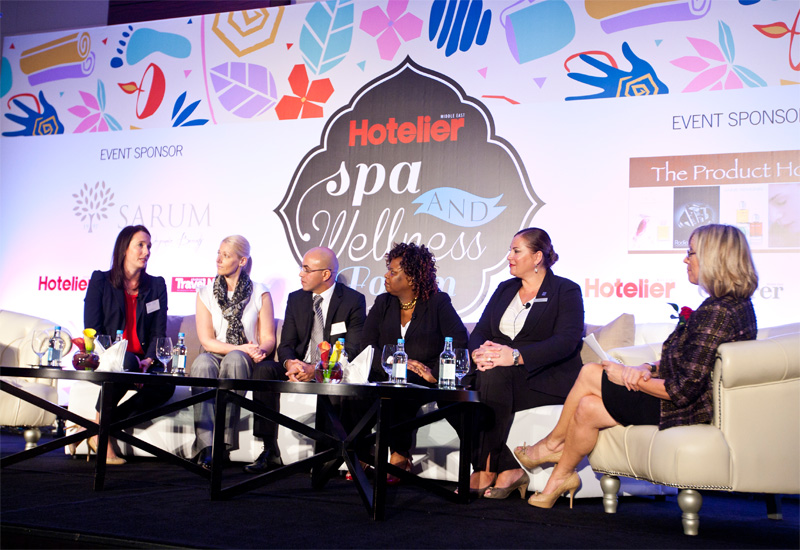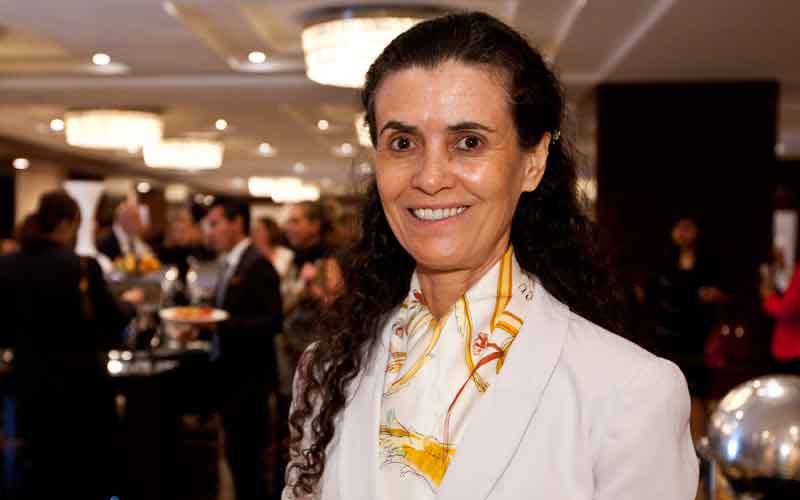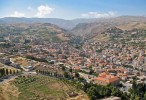More than 250 spa and wellness professionals working in the UAE and beyond attended the two-day Hotelier Middle East Spa and Wellness Summit last month, where staff incentives, therapist regulation, spa promotions, male grooming, customer service and the sustainability of the spa industry were the hot topics on everyone’s lips
The second edition of the Hotelier Middle East Spa and Wellness Summit was extended to span two days this year and attracted 256 spa directors, wellness managers, spa owners and senior therapists from across the UAE spa sector, with some delegates even travelling from Oman and Qatar to attend.
Held at Grosvenor House Hotel Dubai and sponsored by Sarum Trading and The Product House, the summit featured a host of panel discussions, interactive workshops and practical demonstrations, with plenty of time for networking and sharing business challenges and opportunities alike.

| Advertisement |
The focus of the event was on spa and wellness and everything in between, with topics covering spa genomics, inclusive wellness, spa careers, product trends and therapist licensing, not to mention the likes of hammams, ayurveda, eco-spas, medi-spas and detox spas.
Long gone are the debates over pampering versus results-driven treatments in spas. There was no doubt that there is room for both; what is more important to the continued growth of the spa industry is its evolution into the sphere of wellness and its potential to touch every single one of the millions of tourists passing through the UAE each year.
Wellness tourism is a reality and the numbers are staggering: according to the Global Wellness Institute, wellness tourism is already a US $439 billion market—or more than one in seven of all tourist dollars—and is set to grow to US $678.5 billion in three short years (by 2017). It is directly responsible for 11.7 million global jobs, which deliver US$1.3 trillion in global economic impact.
While Europe and North America dominate this market for now, over 50% of the projected growth in wellness tourism through 2017 will come from Asia, Latin America and the Middle East/North Africa. Considering that wellness tourists spend, on average, 130% more than the average global tourist, this is a potentially lucrative business to be in.
Enabling this growth, however, not to mention maintaining the reputation for excellence the UAE’s spas have achieved to date, will come down to one thing; quality.
Ensuring the highest quality of product, staff and service will be paramount going forward, a theme which dominated many of the discussions at the summit.
Article continues on next page ...










 Search our database of more than 2,700 industry companies
Search our database of more than 2,700 industry companies









